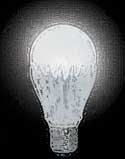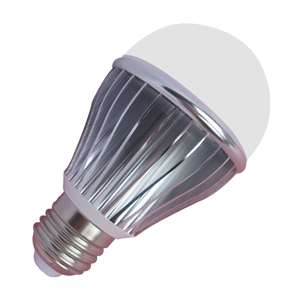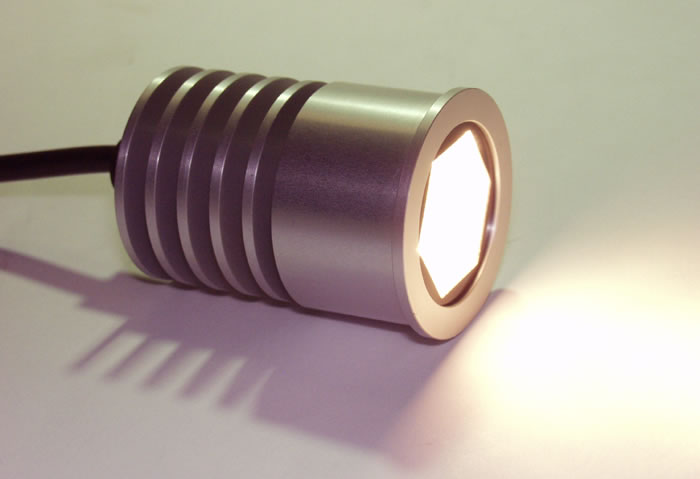 Welcome to the thirteenth post in the Sustainable Energy without the Hot Air – A New Zealand Perspective series. After our previous posts on hydro power, geothermal and wind (and a summary on the big three), solar, biofuels, marine and waste energy, we’re now looking at answering the question:
Welcome to the thirteenth post in the Sustainable Energy without the Hot Air – A New Zealand Perspective series. After our previous posts on hydro power, geothermal and wind (and a summary on the big three), solar, biofuels, marine and waste energy, we’re now looking at answering the question:
How can we achieve a BIG reduction in our personal and national energy consumption?
We covered the breakdown of where we use this energy in the last post. Today we’re dealing with commercial and residential building energy use. Be sure to check out our treatment on road and air transport from the last few days.
A few notes before we begin: as before, the units are in kWh/day/person – ie. if you ran a 40W lightbulb for 24 hours, it’d take ~1 kWh over the space of a day. We then divide it by person to give you a sense of the scale of the resource proportionate to the size of the population. Be sure to check out the methodology. For reference – we’ve been looking to replace around 55 kWh/d/p of energy currently generated by fossil fuels.
Commercial and Residential Energy Use
Making sense of the commercial and residential energy use in the Energy File is more complicated. All the commercial energy to light, heat, and power our gadgets both at home and at work amounts to 21.2kWh/d/p. Compare this with a UK usage of 37kWh/d/p for heating and cooling. A couple of caveats about these figures though. First, “industrial” energy use almost certainly includes some workplace heating, lighting and gadgets, so the real number is certainly higher. The number includes 5kWh/d/p of firewood but excludes firewood obtained from non-commercial sources. Using MacKay’s estimates as a rough guide, we would break this down as follows.
Continue reading “Sustainable Energy NZ #13 – making light work of savings at home”

 I see Canterbury University economist Eric Crampton politely
I see Canterbury University economist Eric Crampton politely  I hope the New Zealand Government feels shamed by the
I hope the New Zealand Government feels shamed by the  It was good to see Michael Downie, the general manager of Phillips Lighting,
It was good to see Michael Downie, the general manager of Phillips Lighting,